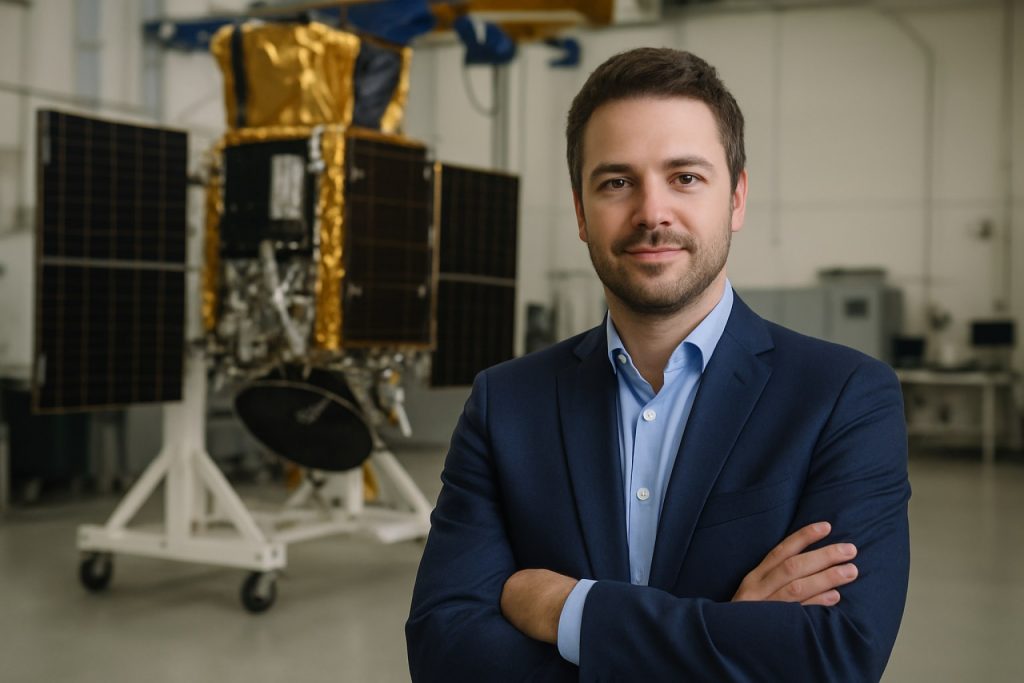
New Era for Canadian Space: Quebec’s $10M Investment Fuels Montreal’s Push to Launch Satellites by 2027
Quebec stakes $10 million on homegrown firm Reaction Dynamics to launch microsatellites from Canada, aiming for the first flight this year.
- $10M: Quebec’s investment in Reaction Dynamics for satellite launches
- 2027: Target year for first Canadian-orbited microsatellites
- G7 Outlier: Canada remains the only G7 nation without its own launch capacity
- Aurora Rocket: Hybrid propulsion lowers complexity, boosts safety
Quebec just made a giant leap for Canadian space ambitions. Premier François Legault announced a stunning $10 million investment in Reaction Dynamics, a Montreal company racing to launch small satellites with its revolutionary Aurora rocket.
Legault, joined by Economy Minister Christine Fréchette, declared this financial push will boost Canada’s position in the global space race—a first for the country, which currently stands as the only G7 nation unable to independently launch satellites.
Why Is Reaction Dynamics a Big Deal for Canada?
Montreal-based Reaction Dynamics is rewriting the rulebook for homegrown space capabilities. Their Aurora rocket employs a hybrid propulsion system, slashing the number of moving parts compared to old-school rocket motors. The result? Safer launches and streamlined manufacturing.
The company isn’t just dreaming. A demonstration flight is expected before the year’s end, setting the stage for operational launches as soon as 2027.
What Does This Investment Mean for Quebec’s Economy?
This shakeup could transform Quebec into Canada’s satellite launch hub. Premier Legault stressed that building rocket and satellite infrastructure at home translates to new jobs, advanced manufacturing, and a magnet effect for international investment. The move aligns with global tech trends and potential partnerships with leaders like SpaceX and NASA.
When Could Canadians See Satellites Launch from Canadian Soil?
Christine Fréchette pegged 2027 as the year Canadians watch their first home-built microsatellites launched from their own backyard. Reaction Dynamics is gearing up for a demonstration as early as late 2025. For now, all eyes are on the Aurora rocket—the key to unlocking domestic access to low-Earth orbit.
Q&A: Your Top Questions About Quebec’s Space Jump, Answered
Q: How is Reaction Dynamics’ Aurora different from other rockets?
With far fewer parts and hybrid propulsion technology, the Aurora is safer, more eco-friendly, and easier to manufacture than most traditional systems.
Q: Why is Canada behind in satellite launches?
Unlike other G7 members, Canada has long relied on foreign launch services. This investment marks a pivot toward full space sovereignty.
Q: How do satellite launches impact Canadian society?
Faster, cheaper launches mean better communication, improved monitoring, and homegrown tech jobs—all without depending on international partners.
How to Get Involved and Stay Up-to-Date
Enthusiasts and investors can follow new developments via Canadian Space Agency updates or dive deeper at Reaction Dynamics. Those studying STEM fields should keep an eye on internship opportunities as the sector expands.
—
Ready for Lift-Off?
Canada’s space race has officially started. Watch for Reaction Dynamics’ demo flight this year and gear up for a new homegrown satellite era.
Checklist for Spacewatchers:
- Track Reaction Dynamics’ Aurora demo date (late 2025)
- Follow Quebec government’s tech investment announcements
- Explore upcoming jobs and partnerships at Reaction Dynamics
- Subscribe to major space news from CSA and SpaceX



